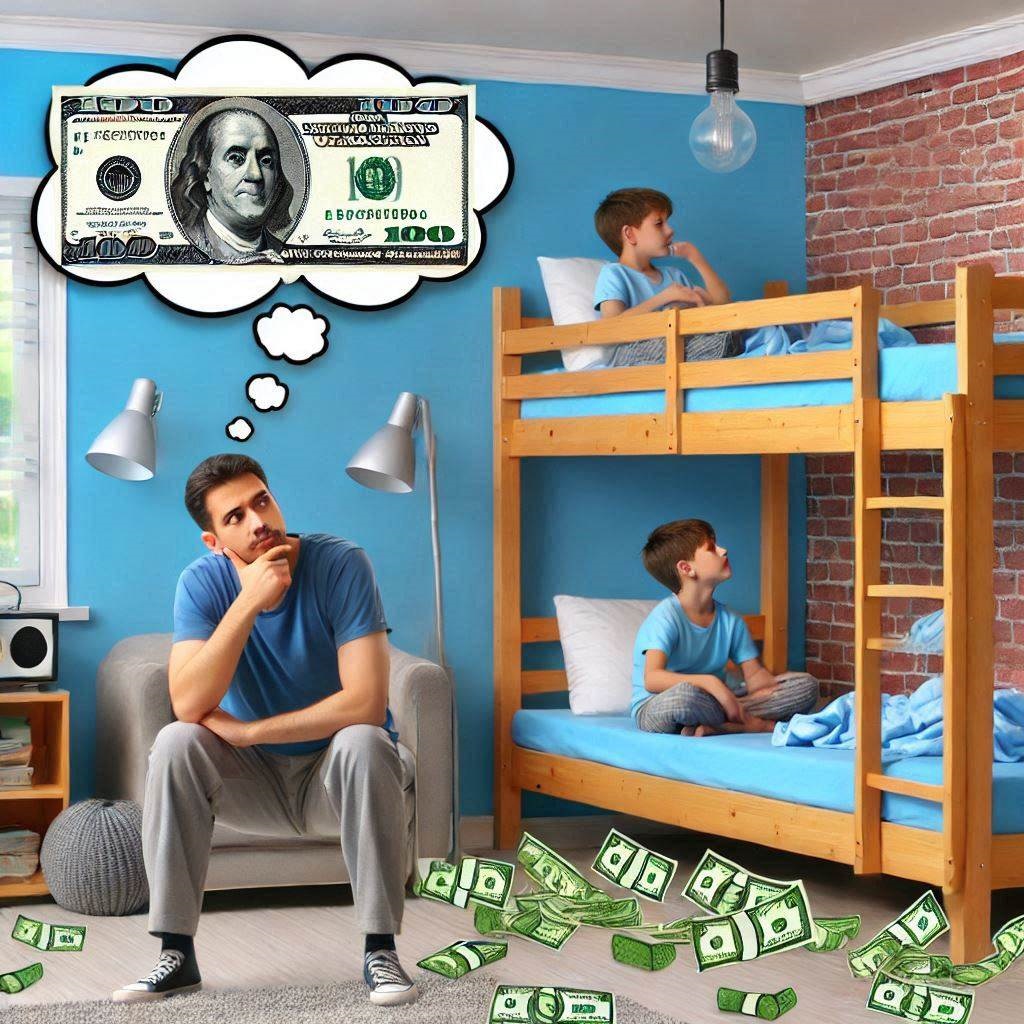Buying a home can be stressful. I mean, look at the picture: the largest expenditure of most lives, housing, borrowing, lawyers, mortgages, down payments, contingencies, credit, taxes, closing costs, monthly payments, inspections…does any of that sound soothing? Another decidedly NOT soothing word is “decisions,” and consumers have to make quite a few of them throughout the process, which only adds to the potential anxiety. It is human nature to defer a decision until it’s absolutely needed.
One thing that consumers understandably link to their decision process is a favorable financial picture. That also makes perfect sense. Save your money. Improve your credit. Get educated. These are things you can influence. One piece of kryptonite to home ownership is when a consumer defers action until something outside their financial picture is optimized. That is, again, understandable, but absent specific knowledge, it can be self defeating. The practice I’m referring to is known as timing the market.
In the Great Recession, when the median price of a single family home in Westchester County fell below $500,000, I saw quite a few potential buyers lose out on great opportunities because they wanted to time their purchase with the exact moment the market bottomed out. The problem for them, of course, was that no clairvoyance exists to tell you exactly when that would be.
The same behavior exists today with mortgage rates. Upon occasion, we hear from would -be buyers that they want to wait until rates fall to a certain level before they buy. Their housing needs clearly call for a purchase, but they want to hold off.
There are two reasons why timing the market in this way is an inadvisable strategy.
First, you need a crystal ball to predict when rates will hit that arbitrary magic optic. Even seasoned professionals smirk at that idea.
Second, and more importantly, this is one of those cases when would-be Westchester County homeowners make plans and God laughs. Let’s suppose that you wait until rates fall below 6.5%, and at that moment you are ready to go. That’s great! So are 100 other people with the same brilliant idea, and the competition for a home, which is already fierce in the Hudson Valley, becomes even more cutthroat.
- There aren’t enough houses for sale to accommodate the additional demand.
- The amount of time it will take to find a seller that will go to contract with you get even longer.
- Home prices get bid up even higher with the stiffer competition, nullifying any savings derived from lower rates.
- The typical buyer will end up closing more than 6 months after they entered the market, paying more than they expected, often settling for the prevailing rate at that time because most people won’t invest that much effort and then just walk away.
- Home prices get bid up even higher with the stiffer competition, nullifying any savings derived from lower rates.
- The amount of time it will take to find a seller that will go to contract with you get even longer.
“But Phil,” you might say, “When rates fall more developers will start building.”
That’s true. Builders love low rates. But unless that developer is a witch or a genie, the new homes won’t magically appear in a blink or nose wiggle. In most of Westchester and a growing chunk of Putnam and Rockland, a few spot builds might spring up within 6-9 months, but actual subdivisions could take a year or two, possibly more.
So, if the picture in your head is that of rates falling in March and by April or May you’re in contract on a house that meets your needs at the price you assume will reflect prices right now, I’ve got bad news: that is highly, highly unlikely.
Here’s how you time the market the right way: when your housing needs call for a new home, you move. The reason is simple; this isn’t simply a financial instrument you’re transacting, it is your shelter. You can’t live in your interest rate. You can only live indoors (far more creature comforts). A home is first and foremost shelter. It does behave in ways like an investment does, but it’s the only investment where you reside. Yes, lower rates and lower payments are nice, but they don’t occur in a vacuum. When rates fall and inventory is not abundant, the dynamics of supply and demand are unforgiving.
As my father, a corporate controller for decades, wisely said many times in the 80’s when rates were above 15%, the rate was secondary to the affordability of the payment. If you can afford the payment and the property matches your housing needs, your family will benefit far more than from a desirable optic on a mortgage statement. The north star for buyers should always be housing needs first. Subordinating that to reverse engineering numbers to behave a certain way on a spreadsheet is ill advised and virtually never works out. Quality of life is always better when you meet your housing needs first and are savvy about refinancing when rates come around.
Marry your shelter. Date the mortgage payment.


 Facebook
Facebook
 X
X
 Pinterest
Pinterest
 Copy Link
Copy Link

